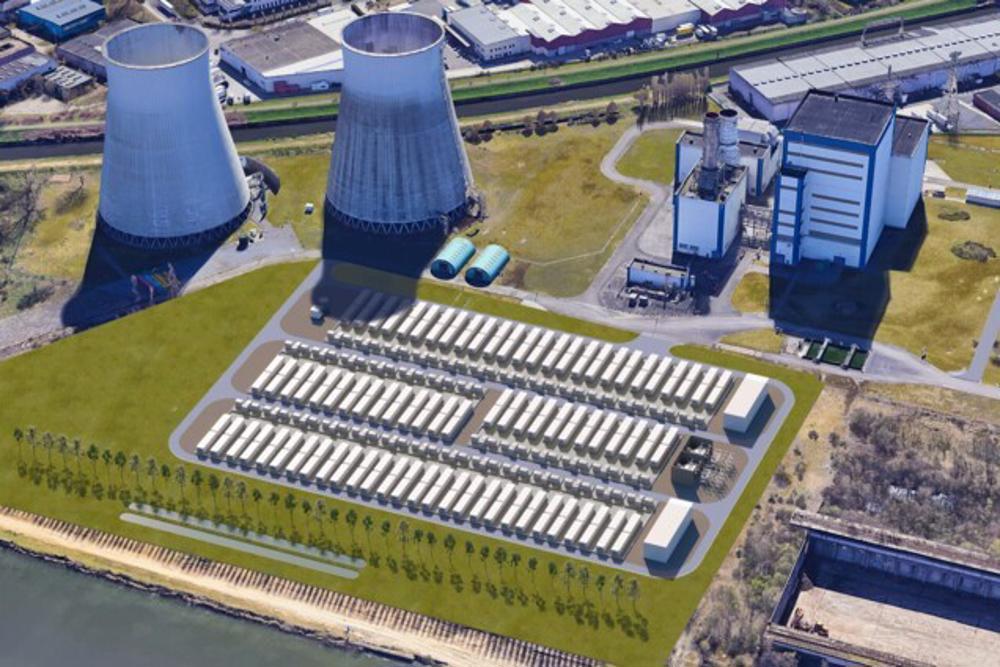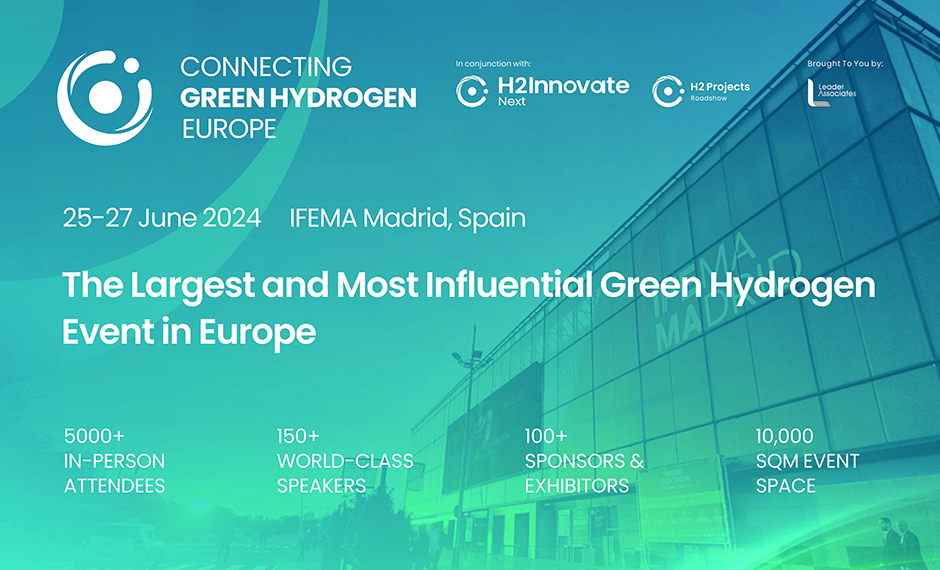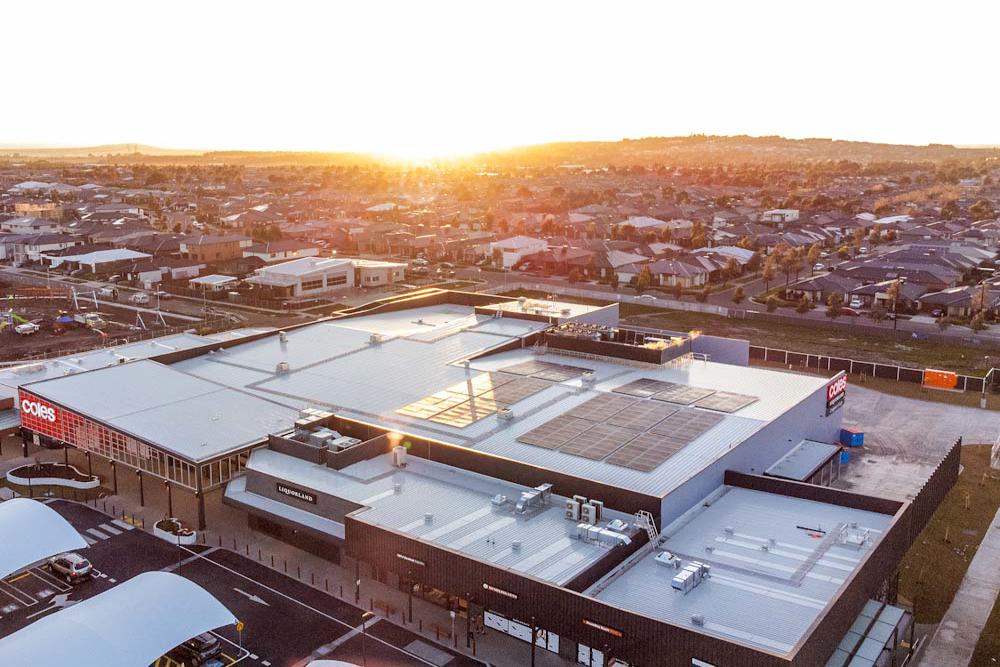
The retail sector is undergoing numerous changes to achieve energy efficiency in commercial buildings, being more sustainable and convenient for the consumer.
Balancing these factors is not always easy. The comfort of the employees who spend hours in the shop has to be taken into account, as well as the comfort of the customers who come in and out during the day.
In addition, generalised energy price rises have a major impact on these establishments, especially when profit margins are tight.
In this article we review some characteristics of energy consumption in retail, illustrating it with the success story of the Las Arenas Shopping Centre in Barcelona.
Energy consumption in retail
When we talk about retail, we refer to establishments selling products to the end customer, from clothing to furniture, jewellery, decoration or toys. What do these shops have in common?
They all include space for customers to display products in stock, a warehouse to store spares, employees… In addition, they can have testers, test counters and even fountains and vegetation as part of the corporate image. The options are endless.
All these areas consume energy in one way or another. The largest area of energy consumption in retail is lighting, which accounts for almost half of the energy consumption. It is followed by air conditioning and ventilation, which also represent significant costs for shops.
The first step towards cost savings and energy efficiency includes an analysis of the situation: what do I consume and where? In which shops or areas can I start saving energy? Which energy efficiency measures can I implement?
Once you know how much and where you consume, you can start to make things concrete, decide what steps to take, and how much to involve yourself in the process. For example, you can go ahead with the installation of metering equipment, or with the renovation of your lighting system with energy-efficient LED lights. You have these options and hundreds more, depending on your needs and your energy efficiency goals.
Energy management in retail at Las Arenas
Las Arenas Shopping Centre is one of the most iconic shopping centres in the city of Barcelona, Spain. It occupies the building of the old bullring, in Plaza de España in front of the Montjuic fountain. Opened in 2011, it has more than 106,000 square metres of commercial space and more than 100 shops, as well as restaurants and multiplex cinemas.
Each shop and establishment has its own policies in relation to the brand, its values and sustainability. In this case, the energy challenge is that of a shopping centre that has to manage and collect consumption from more than 100 locations in order to process the bills.
Water meter readings for these shops were a problem, as the connections were not working properly and had to be done manually each month, one by one.
For this reason, Las Arenas sought a solution to speed up the metering and improve their energy efficiency.
An initial study of the problem was carried out which resulted in the replacement of the equipment that was not working with meters connected to Ethernet.
For reading water consumption, meters were installed, all connected to allow remote monitoring via a software solution. Other services of the centre were also included in the software to monitor the consumption of all the variables in the same place.
The main improvement for the client was the availability of real-time data. Having this data available has saved time for the team that had to check the meters manually, reducing the risk of errors in the data transfer, and speeding up the process.
Implementing the energy management system and establishing consumption monitoring and control policies was also beneficial for Las Arenas beyond the management of consumption in its shops. They were able to save costs, working hours as well as obtain quality certifications.











